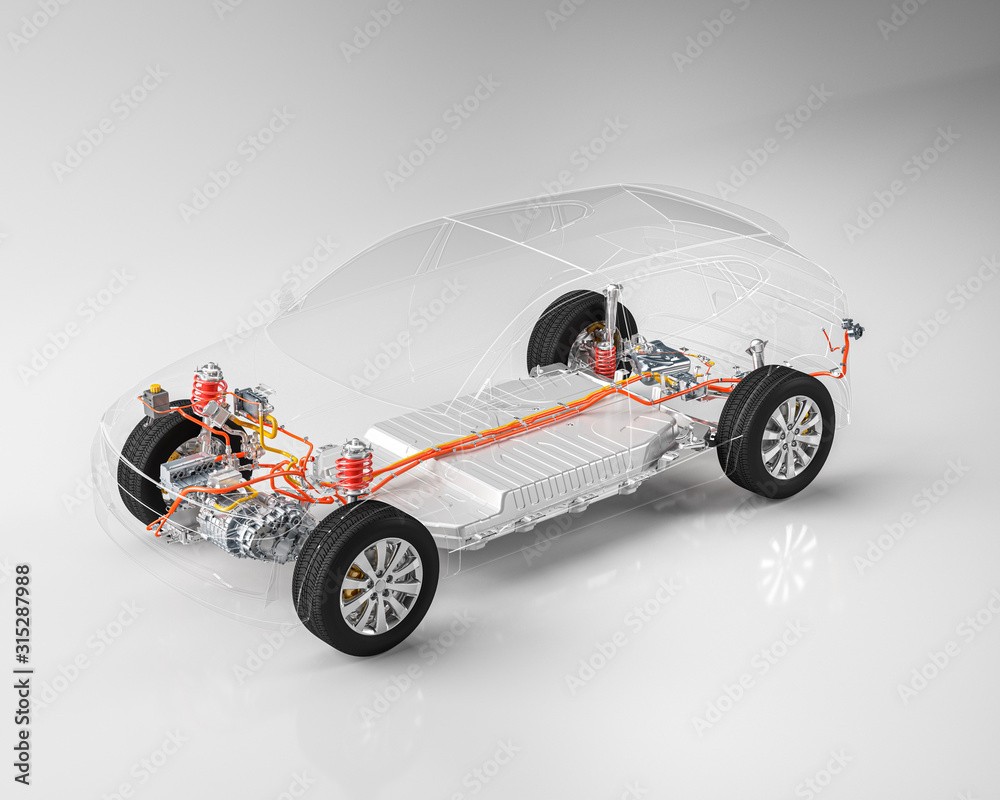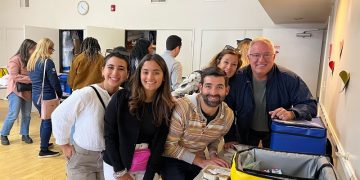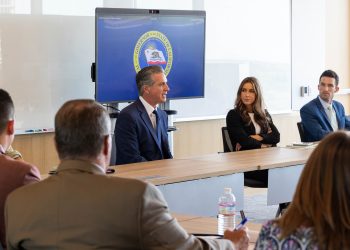
This is the fourth in a series of SM.a.r.t articles about food, water, and energy issues in Santa Monica. You can read the last article at https://smmirror.com/2024/07/sm-a-r-t-column-food-water-and-energy-part-3-of-4/ which talked about, among other things, the dangers of skyscrapers both to the City’s energy availability and to residents in a severe seismic event.
As all cities try to transition to that much needed clean, all-renewable energy future, two things are apparent. First, the fastest tools we currently have, in our sunny climate, to speed that transition is photovoltaic rooftop collectors and battery-powered cars. Second, although the efficiency and price of those two tools is slowly improving, we quickly run into the choke point that confronts all renewable futures: that the sunlight/wind-generated power must be carried into the night. It would not matter if every building had rooftop (or window or wall) solar collectors, all that clean sun energy still needs to be stored and carried into the night where much of the electricity use occurs. It also does not matter if the clean power source is wind (e.g., windmills) or, hydroelectric, or tidal; the problem is always the same: fluctuating power supplies must somehow be matched with steady urban power demands.
Batteries to the Rescue
This is where batteries come in. Regardless of how the power was generated, batteries carry that power into the future when the supply is less, or even zero, and when demand is increasing or even at a maximum. Batteries come in many forms and, fortunately, are steadily improving in efficiency and durability. Through a series of technological improvements and steady solar collector improvements plus increased collector availability, our City is slowly approaching this massive need for urban batteries. Essentially as more buildings have collectors, as more solar farms and windmills sprout in our eastern deserts, we will be able to generate more clean power than we can use at any given daytime moment.
Up to now, whenever a business or home, say on a sunny day, is generating more power than it needs at that instant, it can always “dump” that power into the adjacent (primarily fossil fuel-powered) grid. At night, it would hopefully recover that same amount of power from the grid. If that building’s daytime surplus balances the nighttime demand over an entire year, that building would be called a net zero building
The Grid as a Battery
That assumed building, by dumping and then recapturing power from the grid, is really using the grid as a faux “battery.” This is fine for the transition period when solar collector and windmill production is still small compared to the overall power demand. Currently, California gets an estimated 36% of its power from renewable sources. However over time, even with the added demand of the increasing numbers of electric cars, eventually, the availability of clean daytime power will exceed the power demand at that given moment. This sounds like a theoretical problem, but for 30 days in a 38-day stretch in March and April 2024, California supplied 100% of its energy demand from renewable energy sources for time periods ranging from 15 minutes to 6 hours each day (https://environmentamerica.org/california/articles/california-reaches-historic-renewable-energy-milestone/). Today California uses only about 10% of its rooftop space for solar power, so there is plenty of room for solar power availability to grow. Unfortunately, Santa Monica’s proposed skyscrapers, with their tiny roof areas often crowded with air-conditioning equipment, will not be a substantial part of that growth.
But regardless, as we increasingly meet all of Santa Monica’s power needs for longer periods of time from fluctuating solar and wind sources, there will be more and more intervals when we have clean “surplus” power. We could “dump” it into the grid of adjacent states, but we would suffer substantial transmission losses, not to mention pricing issues. It would be better to store it locally for immediate nighttime use and seismic survivability. There is another significant advantage of local storage. As SCE transitions to time-of-use pricing, battery-equipped homes and business can partially or fully shift by using batteries, their peak use time to the hours when power is billed at a cheaper rate. We already have available pricy Tesla batteries and their cousins for immediate local use, providing that advantage and improving survivability.
Cars to the Rescue?
However, the next commonly available storage improvement will be battery-powered cars that can be used to absorb locally generated surplus power during the day and feed it back to your home or business for peak use shifting, for brownouts, and even for surviving seismic events. As previously discussed, there are some needed switching technology improvements for this transition to happen seamlessly, but car manufacturers are already working on cars that will have this capacity. Even as they become more available, initially, they will probably never be large or numerous enough to power, say, your entire apartment for 24 hours and still meet their driving power demands. But with enough of them, they can provide an initial urban-scaled buffer to inevitable power shortages and outages. Paradoxically, cars, which used to be pollution and energy monsters because of their internal combustion engines, when made in this most advanced electrically powered form, can somewhat mitigate the penalty of their overall spike in power demand. This is particularly true since cars spend a lot of their time stationary in garages where they could be charging and storing power. Their value as urban batteries can help our City’s survivability, so the City should start mandating that more and more parking spaces have charging capability.
The idea of using cars, with all of their faults, for both transportation and an interim power supply, fits with the ecological mandate of doing more (in this case, two services: power and transportation) with less (one device). Regardless of how we feel about the future of cars, in our current urban configuration, they are still going to be needed and purchased. They will also have increasingly powerful batteries that could serve as both important survivability and sustainability devices in our transition to a totally clean energy future.
By Mario Fonda-Bonardi AIA
S.M.a.r.t Santa Monica Architects for a Responsible Tomorrow Thane Roberts, Architect, Mario Fonda-Bonardi AIA, Robert H. Taylor AIA, Architect, Dan Jansenson, Architect & Building and Fire-Life Safety Commission, Samuel Tolkin Architect & Planning Commissioner, Michael Jolly, AIR-CRE Marie Standing. Jack Hillbrand AIA
For previous articles, see www.santamonicaarch.wordpress.com/writing













